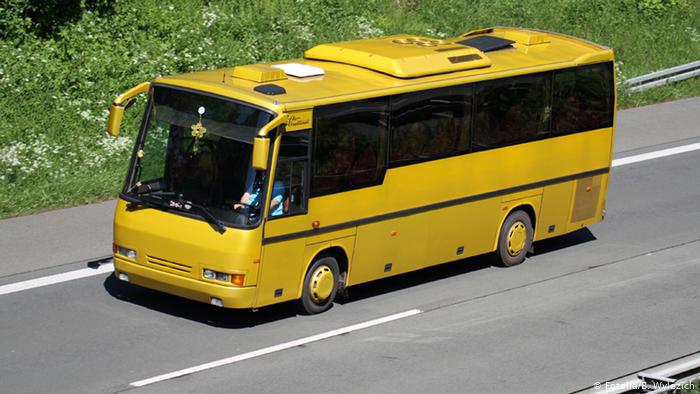
If you are feeling concerned about traveling by bus after hearing about Thursday’s crash on the Portuguese island of Madeira, according to statistics you shouldn’t be. Although terrible crashes are widely reported in the media when they happen, far fewer people are killed in bus accidents than in car accidents.
According to Germany’s Federal Stastical Office, in 2017 most bus accidents in 2017 involved public transport buses. Of the 5,926 bus accidents in the country (of varying degrees of severity), 4,052 involved the public transport system. Only 229 involved tour buses. Of these thousands of accidents, 22 people were killed.
In 2015, the World Health Organization reported that 84,500 people were killed on roads in Europe. Of this figure, about 20,000 European buses and coaches were involved in crashes, with 30,000 people injured, and 150 people killed. There are strict regulations regarding road safety in Europe but they could be open to manipulation or misuse, if a bus driver or transport operator is negligent.
A similar EU study for 2015 found that buses accounted for approximately 0% of road fatalities in Europe.
Here are some facts about bus safety in Europe:
1. Seat belts
Since 2005 it has been compulsory for drivers and passengers in tourist buses to wear seat belts. It is also a requirement in the EU that there be specially adapted seat belts for younger children. However, it is up to the driver to enforce this rule, which some believe does not go far enough. Yet in some serious accidents, such as the 2012 crash in Switzerland that killed 28 people, including 22 children, investigators came to the conclusion that seat belts were of little help. CCTV footage of the bus in Switzerland showed that the children were complying with regulations. But the violence of the impact meant that seat belts offered little protection.
2. Driver work regulations
One of the main causes of road accidents is driver fatigue. To deal with this, there are strict rules in the EU about how many hours commercial drivers can work: The maximum weekly driving limit is 56 hours, with no more that 9 hours per day. After a driving period of no more than 4.5 hours, a driver must immediately take an uninterrupted break of at least 45 minutes. As with the seat belt issue, critics say that these regulations are open to manipulation, or carelessness.
3. Tachograph
In a further attempt to regulate driver fatigue, all commercial vehicles registered after 1 May 2006 have had to be fitted with a digital tachograph. This is a system that is mounted on the vehicle’s gearbox. The device records the bus’ activities, for example distance, speed and driving times, as well as the driver’s rest periods.




